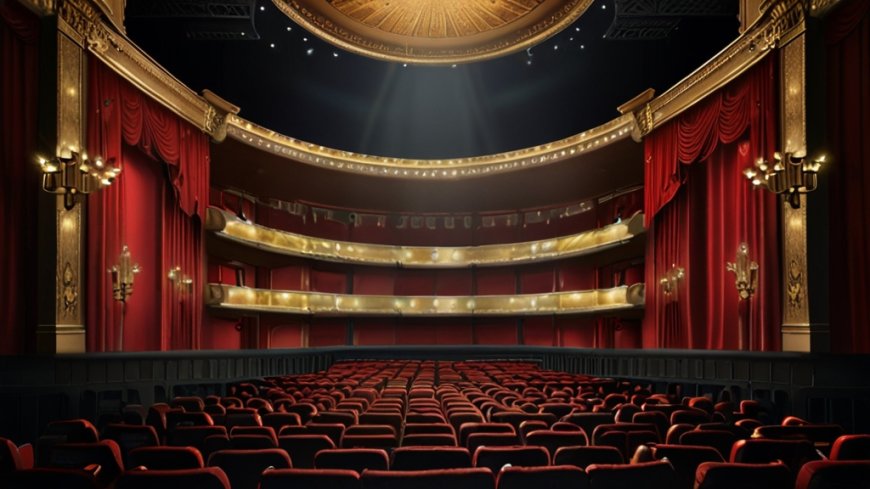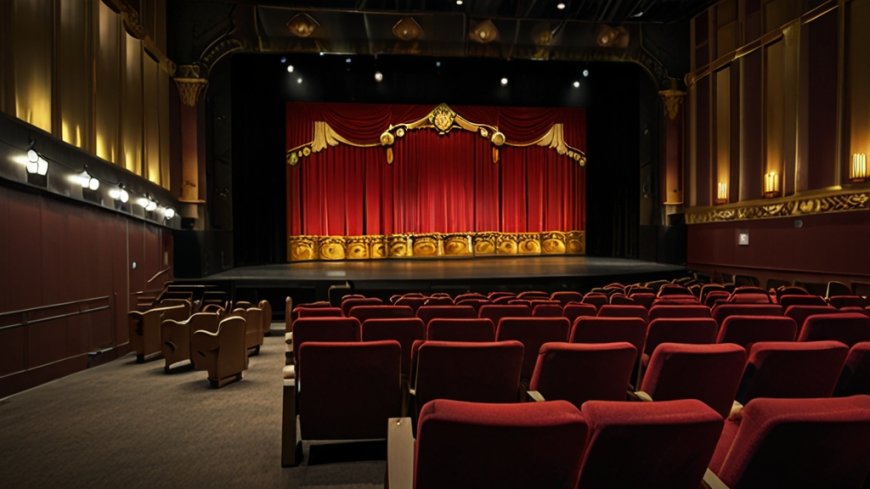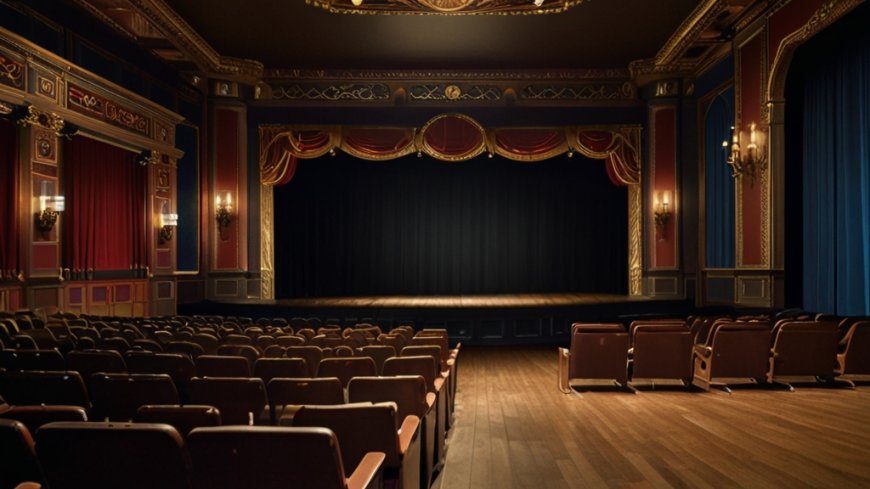The Theater and Performing Arts: A Timeless Tradition of Live Entertainment
The Theater and Performing Arts: A Timeless Tradition of Live Entertainment Theater and the performing arts have been a cornerstone of human culture for centuries, offering a unique form of live entertainment that brings together actors, musicians, dancers, and audiences in a shared experience. This section will explore the history of theater, the evolution of different performance styles, and the enduring appeal of live performances in an increasingly digital world.
Theater and the performing arts have been a cornerstone of human culture for centuries, offering a unique form of live entertainment that brings together actors, musicians, dancers, and audiences in a shared experience. This section will explore the history of theater, the evolution of different performance styles, and the enduring appeal of live performances in an increasingly digital world.
The origins of theater can be traced back to ancient rituals and religious ceremonies, where performances were used to honor gods, celebrate harvests, and tell stories. The ancient Greeks are credited with the development of theater as an art form, with the creation of dramatic genres such as tragedy and comedy. Greek playwrights like Aeschylus, Sophocles, and Euripides wrote plays that explored complex themes of fate, morality, and human nature, many of which are still performed today.
The Romans adopted and adapted Greek theater, building grand amphitheaters and introducing new forms of entertainment such as mime and pantomime. However, with the fall of the Roman Empire and the rise of Christianity, theater faced a period of decline, as it was often associated with pagan rituals and immorality. It was not until the Middle Ages that theater experienced a revival, with the rise of religious dramas, morality plays, and traveling troupes of actors who performed in town squares and marketplaces.
The Renaissance marked a golden age for theater, with the flourishing of drama, music, and dance across Europe. In England, the works of William Shakespeare revolutionized theater, with his plays exploring themes of love, power, betrayal, and the human condition in ways that continue to resonate with audiences today. The development of professional theater companies, purpose-built playhouses, and the introduction of new stagecraft techniques all contributed to the growth of theater as a popular form of entertainment.
The 19th and 20th centuries saw the diversification of theater, with the rise of different performance styles and genres. The Romantic period emphasized emotion and individualism, leading to the creation of melodramas and grand operas. The advent of realism in the late 19th century brought about a focus on everyday life and social issues, with playwrights like Henrik Ibsen and Anton Chekhov challenging audiences to confront uncomfortable truths about society.
The 20th century also saw the rise of avant-garde and experimental theater, with movements such as surrealism, existentialism, and absurdism pushing the boundaries of what theater could be. Directors like Bertolt Brecht and Antonin Artaud sought to challenge traditional notions of theater, using techniques such as alienation and the theater of cruelty to provoke and engage audiences in new ways.
In addition to drama, other forms of performing arts such as ballet, opera, and musical theater have continued to captivate audiences around the world. The combination of music, dance, and storytelling in these art forms creates a powerful and immersive experience that resonates on both an emotional and intellectual level. Productions like "The Phantom of the Opera," "Les Misérables," and "Hamilton" have become cultural phenomena, drawing audiences from all walks of life and showcasing the enduring appeal of live performance.
Despite the rise of digital entertainment, theater and the performing arts have remained relevant and vital. The immediacy and intimacy of live performance offer an experience that cannot be replicated by film or television, creating a unique connection between performers and audiences. In an age of screens and virtual experiences, the theater serves as a reminder of the power of human connection and the importance of shared cultural experiences.
The COVID-19 pandemic posed significant challenges for the theater and performing arts industry, with widespread closures of theaters and cancellation of performances. However, the resilience of the industry was evident in the creative solutions that emerged, such as virtual performances, outdoor productions, and drive-in theaters. As the world recovers from the pandemic, the theater industry is likely to see a resurgence, with audiences eager to return to the shared experience of live performance.





